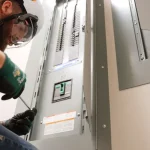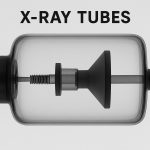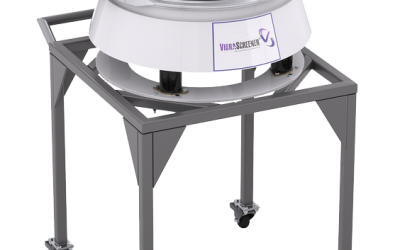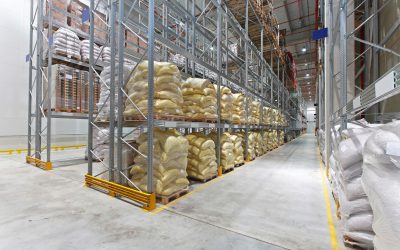Aluminum heat treating makes the metal stronger and harder. Heat treatment is used for applications ranging from cookware to automotive to aerospace. The process is only used on certain kinds of alloys. Alloys consist of a type of metal with a small amount of one or more other metals added.
Examples of Alloys
An example is an aluminum alloy that includes 6 percent copper. Another contains 1 percent magnesium and 1 percent silicon. One of the strongest forms of metal is aluminum with up to 12 percent zinc added.
Examples of Techniques
Because most factories cannot have their own furnace or oven to do this work, the service of aluminum heat treating is offered by companies specializing in the process. They can provide heat treatment in a variety of techniques, such as annealing, precipitation hardening and homogenizing.
Precipitation hardening is also known as artificial aging. In some instances, the method can be completed in as little as five hours. The longest artificial aging process for aluminum is generally about 48 hours. Natural aging is an option since the alloy gradually becomes harder at room temperature. However, this can require anywhere from five to 30 days, depending on the alloy.
The Importance of Precision
The work must be completed with precision by skilled workers. Timing is crucial and the margin of error is thin. The heat inside the furnaces can reach 1,000 degrees, depending on the alloy and the technique being used. The metal must be heated uniformly throughout the material for consistency in the results.








